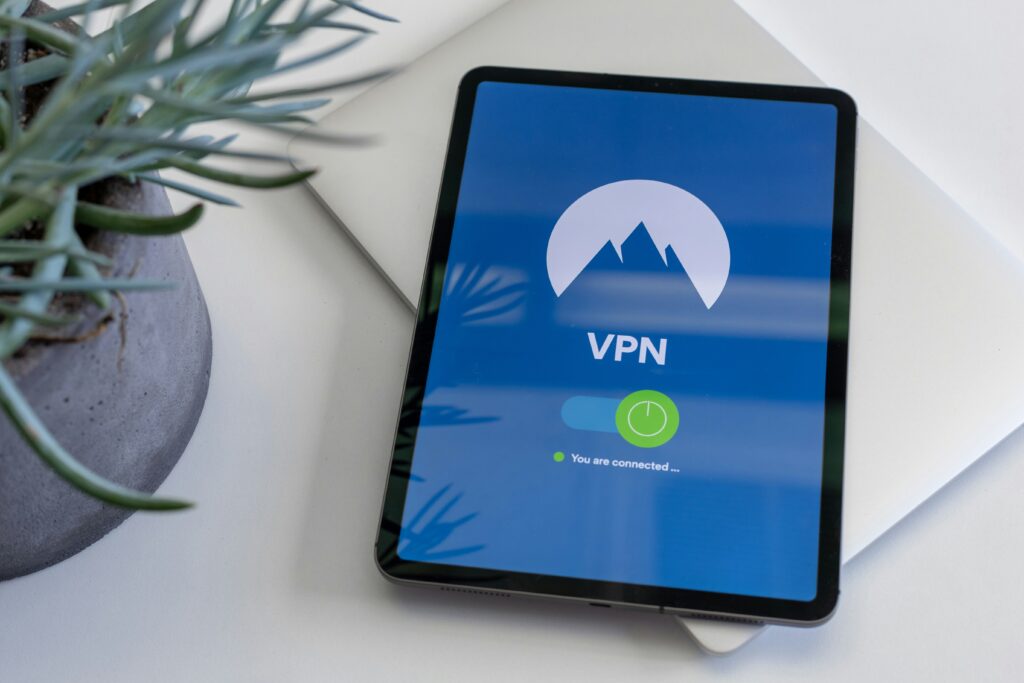Can you imagine being locked out of your own online account by a stranger? It’s not a pleasant thought, but it’s becoming increasingly common. Let’s bring you into the world of password reset attacks, a rapidly growing threat that’s causing significant problems for individuals and companies alike.
Rapid Growth of Password Reset Attacks: An Overview
What Are Password Reset Attacks?
Password reset attacks aim to hijack personal accounts by exploiting the password reset functionality. When successful, these attacks allow fraudsters to assume control of the victim’s account, often locking the real owner out. Imagine trying to watch your favorite show but finding your streaming service account hijacked. Or worse, a fraudster has taken over your e-commerce account and is making unauthorized purchases. It’s an unsettling experience, and unfortunately, it’s becoming more prevalent.
Alarming Statistics
Recent studies present a staggering reality. Security researchers indicate that one in four password reset attempts from desktop browsers is fraudulent. The LexisNexis Risk Solutions Cybercrime Report reveals around 70,000 password reset attacks occur weekly in the UK alone. In 2023, detail change attacks, where fraudsters modify account information, surged by 232%.
| Year | Number of Weekly Attacks in the UK | Percentage Increase in Detail Change Attacks |
|---|---|---|
| 2023 | 70,000 | 232% |
Bots: The Silent Perpetrators
How Bots Amplify the Threat
One of the key drivers behind this alarming rise is the increasing use of bots. According to the LexisNexis Risk Solutions research, bot-based password reset attacks have skyrocketed by 1680% over the last year. Bots ease the workload for fraudsters, automating the tedious process of attempting password resets en masse.
The Sophisticated Frauds
Fraudsters wielding bots have elevated their game. It’s like a master chef upgrading from a dull knife to an ultra-sharp one—more efficiency, less effort. Bots can stealthily operate around the clock, continually probing for weak points to exploit. Picture an automated burglar—efficient, relentless, and nearly undetectable—that’s the role bots play in these attacks.

Vulnerable Users: Who Are They?
The Desktop Dilemma
Desktop computer users are particularly susceptible to password reset attacks. The elderly and those unfamiliar with smartphone security features are notably at risk. While mobile apps often integrate robust security measures, desktop browsers lag behind. Desktop computers, it seems, are the low-hanging fruit for cybercriminals.
The Human Error Factor
Rob Woods, the director of fraud and identity strategy at LexisNexis Risk Solutions, highlights a significant issue: human error. Fraudsters often rely on such errors in desktop environments where additional security measures like two-factor authentication (2FA) are less commonly employed. Envision an unlocked door in a neighborhood where everyone uses keyless locks—naturally, the burglars will target the unlocked door.
User Education Gap
There’s an education gap when it comes to security protocols. Many users aren’t aware of the importance of enabling security features. They might not even know how to turn on 2FA or think it’s too cumbersome. But this simple step can be highly effective in keeping fraudsters at bay.
The Corporate Angle: Enterprise Risks
Inadequate Security on Password Reset Functions
While enterprises invest heavily in securing their login interfaces, the password reset functionalities are often underestimated. Holly Grace Williams, a CREST fellow and managing director at Akimbo Core, emphasizes that security efforts frequently neglect forgotten password functionalities. For businesses, it’s like setting up a high-tech security system for the front door while leaving the back door wide open.
Multi-Factor Authentication (MFA) Pitfalls
Multi-factor authentication is only effective if it cannot be easily disabled during the reset process. Companies requiring MFA for login but neglecting to secure the password reset process might inadvertently leave a gaping hole in their defenses. Think of it as wearing a bulletproof vest with a glaring vulnerability—one critical shot could still be fatal.
Importance of Robust User Education and Policies
Enterprises must educate their employees and enforce strong security policies. Training that emphasizes recognizing phishing attempts, encouraging robust passwords, and mandating the use of 2FA can go a long way. Employee awareness can act as the last line of defense against these increasingly sophisticated attacks.

The Bigger Picture: Industry-Wide Implications
Targeted Sectors
Password reset attacks don’t discriminate, targeting a wide range of sectors. Media streaming services, e-commerce platforms, and mobile services are particularly at risk. Fraudsters often aim for where they can inflict the most harm or gain the most benefit. Imagine being suddenly locked out of your Netflix account or finding unauthorized purchases on your Amazon account—it’s annoying and, often, costly.
Calls for Industry-Wide Action
There is a growing call for industry-wide action to combat these threats. A football match isn’t won by one star player alone; it requires coordinated effort from the entire team. Similarly, addressing password reset attacks demands cohesive strategies from service providers, cybersecurity experts, and regulators.
Combating the Threat: What Can You Do?
Stronger Passwords
Consider your current passwords—are they strong and unique? Using phrases, mixing uppercase and lowercase letters, adding numbers and special characters can strengthen your passwords.
Enable Two-Factor Authentication
Two-factor authentication adds an extra layer of security. It’s like locking your door and then setting an alarm system. If you haven’t already, enable 2FA on all your important accounts.
Be Vigilant About Phishing
Phishing attacks are commonly the entry point for password reset attacks. Being cautious about unsolicited emails and suspicious links can safeguard your sensitive information.
Utilize Mobile Apps’ Security Features
Leverage the robust security features offered by mobile apps. Mobile devices often come with built-in security functions like biometric authentication and app-based 2FA that are less prevalent on desktop browsers.
Regularly Monitor Your Accounts
Regularly monitoring account activity can help you spot and respond to any unauthorized activities promptly. Many services offer alert features for suspicious logins—make sure these are activated.

The Responsibility of Enterprises
Secure Password Reset Processes
Companies must secure their password reset processes with as much rigor as they secure login functionalities. Leaving it vulnerable is akin to fixing a leak in the roof while ignoring a hole in the wall.
Multi-Factor Authentication Reinforcement
Ensure that multi-factor authentication cannot be easily bypassed. The entire authentication process, including resets, must be foolproof.
Employee Training and Awareness
Regular training sessions focusing on cybersecurity can turn employees into an effective defense line against attacks. Skilled and informed personnel significantly reduce the risk of breaches.
Regular Audits and Penetration Testing
Periodic security audits and penetration tests can reveal vulnerabilities in the system. Acting on these insights promptly can significantly bolster your defenses.
Collaboration and Information Sharing
Enterprises should consider collaborating on cybersecurity measures and sharing information about emerging threats. United efforts can better counteract the sophisticated and evolving techniques used by cybercriminals.
Looking to the Future
Technological Advancements
As cyber threats evolve, so should our defenses. AI and machine learning are promising tools in identifying and mitigating password reset attacks. Envisage a smart security system that learns and adapts to new threats, much like how our immune system adapts to new viruses.
Regulatory Changes
The future may see stricter regulations surrounding cybersecurity practices. These changes can push industries to adopt more rigorous security measures, providing a safer environment for everyone.
User Awareness Campaigns
There’s a growing need for widespread user awareness campaigns. Similar to public service announcements, these campaigns can educate the general population about the importance of cybersecurity and steps they can take to protect themselves.
Towards a Secure Digital Environment
Creating a secure digital environment is a collective effort. As both individuals and organizations become more educated and proactive about their cybersecurity measures, the landscape will become much more resilient against threats like password reset attacks.

Conclusion
Password reset attacks represent a rapidly growing threat with severe implications for both individuals and enterprises. The rise of bots has made these attacks more sophisticated and relentless. Desktop users, particularly the elderly, are more vulnerable due to fewer security measures in place compared to mobile devices.
Enterprises need to secure their password reset functionalities with as much rigor as they do their login processes. Multi-factor authentication, employee training, and regular security audits are essential steps toward fortifying defenses. The responsibility also falls on each individual to use strong passwords, enable two-factor authentication, and remain vigilant about phishing attempts.
The future of cybersecurity will likely see more advanced technological defenses and stricter regulations. With collective effort and awareness, we can aim for a more secure digital environment, reducing the impact of these alarming password reset attacks.
Source: https://www.infosecurity-magazine.com/news/password-reset-attacks-fraud/

